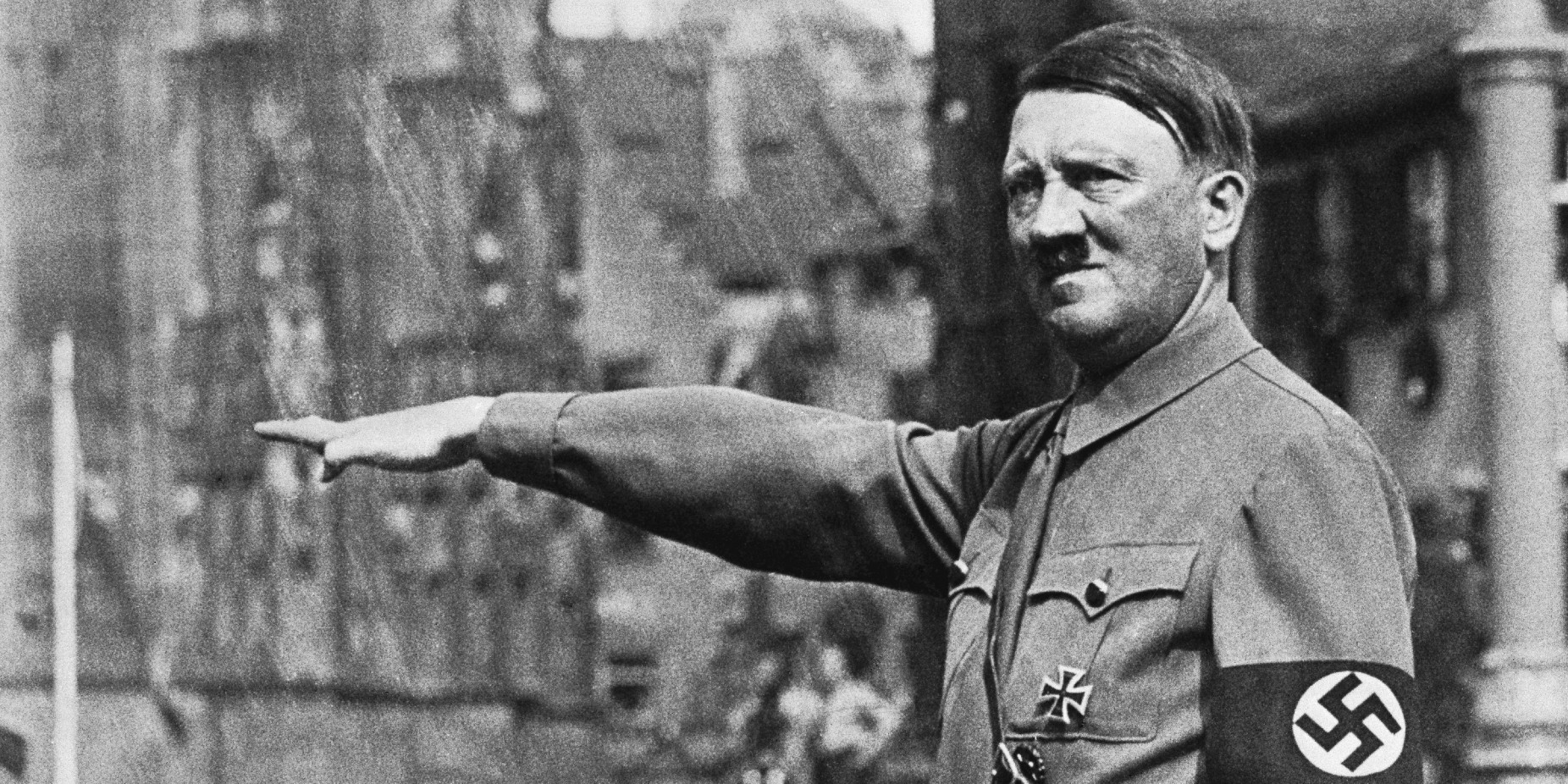Fascisterne, a term derived from the Italian “fascisti” (fascists), refers to modern groups and ideologies that continue to uphold fascist principles. While classical fascism—exemplified by Mussolini’s Italy and Hitler’s Nazi Germany—was largely defeated after World War II, its ideological remnants persist in various forms. Today, Fascisterne represents far-right movements that advocate authoritarianism, nationalism, xenophobia, and anti-democratic policies.
Fascism emerged in early 20th-century Europe as a response to economic instability, socialist movements, and national humiliation (such as Italy’s dissatisfaction after WWI). Key characteristics included:
- Ultra-nationalism – Glorification of the nation above all else.
- Authoritarianism – Rejection of democracy in favor of a strong leader.
- Militarism – Emphasis on military strength and expansion.
- Anti-communism – Violent opposition to socialist and Marxist ideologies.
- Scapegoating – Blaming minorities, immigrants, or political opponents for societal problems.
After WWII, fascism was discredited, but its ideas never fully disappeared. Instead, they resurfaced in new movements, often under different names.
Today, Fascisterne includes far-right groups, neo-fascist organizations, and populist leaders who borrow from fascist rhetoric. Some key aspects of modern fascist movements include:
- Ethno-Nationalism – Promoting the idea of a “pure” nation, often targeting immigrants and minorities.
- Anti-Globalism – Opposition to international cooperation, favoring isolationist policies.
- Strongman Politics – Support for authoritarian leaders who promise to “clean up” the political system.
- Disinformation & Propaganda – Using social media to spread conspiracy theories and extremist ideologies.
- Violent Extremism – Militant groups that engage in hate crimes and terrorism.
Examples of modern Fascisterne include:
- Neo-Nazi groups (e.g., Atomwaffen Division, The Base)
- Far-right political parties (e.g., Golden Dawn in Greece, National Rally in France)
- Online extremist communities (e.g., alt-right forums, incel movements)
Despite historical defeats, fascist ideologies remain dangerous because:
- Economic & Social Crises Fuel Extremism – Economic downturns, pandemics, and mass migration can make fascist rhetoric appealing.
- Democracy is Fragile – Erosion of democratic norms allows authoritarianism to rise.
- Digital Radicalization – Social media algorithms amplify extremist content, recruiting young followers.
- Mainstreaming of Far-Right Ideas – Some politicians normalize fascist-adjacent policies (e.g., banning books, suppressing dissent).
Fascisterne represents the enduring threat of fascist ideologies in the modern world. While they may not always openly identify as fascists, their tactics and beliefs mirror those of historical fascist regimes. Recognizing and countering these movements is crucial to preserving democracy and human rights.
“Fascisterne” is derived from the Italian fascisti (fascists) and refers to modern groups that uphold fascist ideologies, even if they don’t use the label.
Yes. Neo-Nazi organizations, far-right militias, and authoritarian political movements continue to operate globally, often using coded language to avoid direct association with historical fascism.
Modern fascism often avoids overt symbols (like swastikas) and instead uses dog-whistle politics, online radicalization, and populist rhetoric to gain followers.
Factors include economic instability, fear of social change, nationalist sentiment, and effective propaganda that blames minorities for societal problems.
Yes. History shows that democracies can collapse when extremist leaders exploit crises, weaken institutions, and erode civil liberties.
- Strengthening democratic institutions
- Combating online extremism
- Promoting education about historical fascism
- Supporting anti-racist and anti-authoritarian movements
Not all, but many far-right movements share fascist tendencies, such as ultra-nationalism, xenophobia, and authoritarianism.
Platforms like Twitter, Telegram, and 4chan allow extremist groups to recruit, spread propaganda, and organize violent actions.
No. Fascist-inspired movements exist worldwide, including in Asia, Latin America, and Africa, often adapting to local contexts.
- Attacks on press freedom
- Scapegoating minorities
- Glorification of military and police power
- Erosion of checks and balances in government

